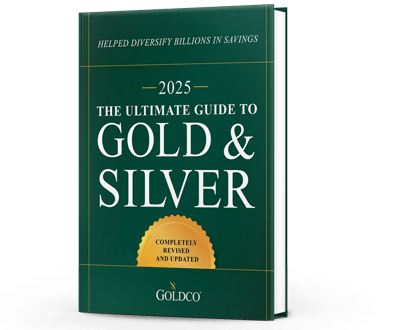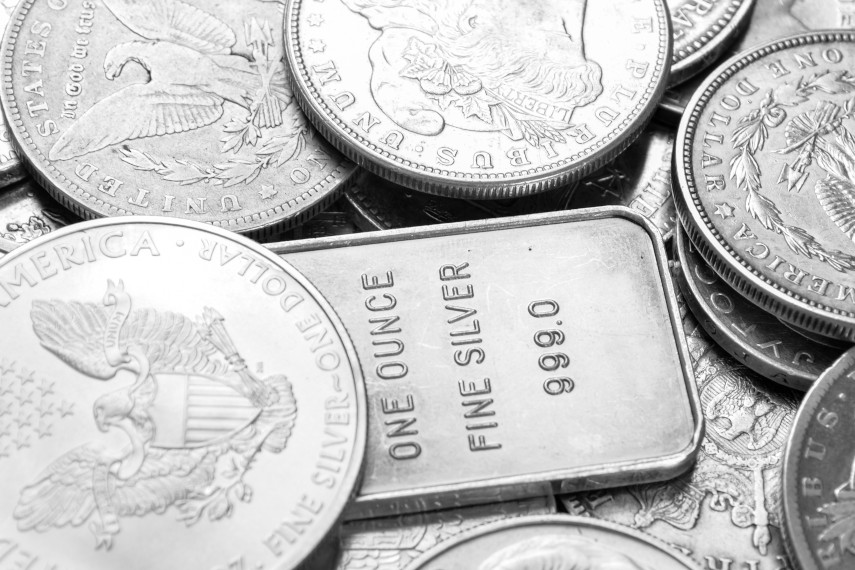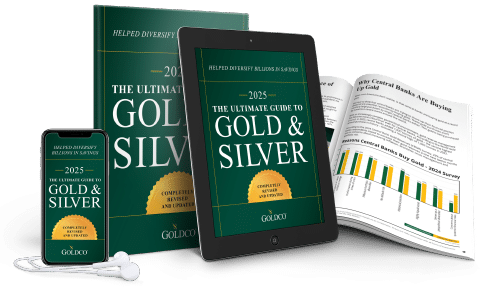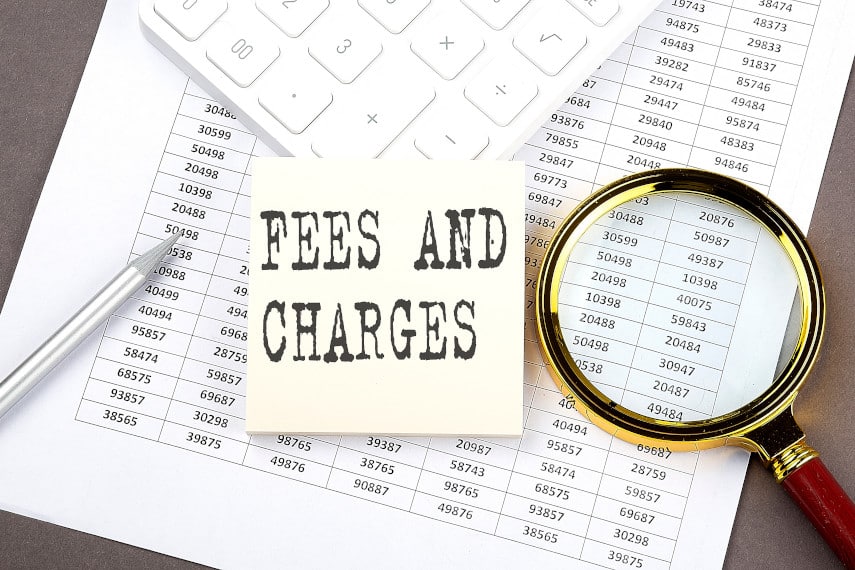
With fear of potential recession growing and inflation rising , more and more Americans are looking to help safeguard their assets. Many are choosing to buy precious metals like gold and silver, including through gold IRAs.
For those who have experience with IRAs and other tax-advantaged retirement accounts, the idea of a gold IRA may seem strange. What kind of advantages can a gold IRA offer? Perhaps more importantly, what kind of costs are associated with a gold IRA?
Key Takeaways
- Gold IRAs allow you to hold physical gold coins or gold bars within a retirement account, offering numerous potential benefits
- Gold IRAs are subject to the same rules and regulations as any other IRA account
- While gold IRAs are subject to fees, the overall cost can be competitive with other options
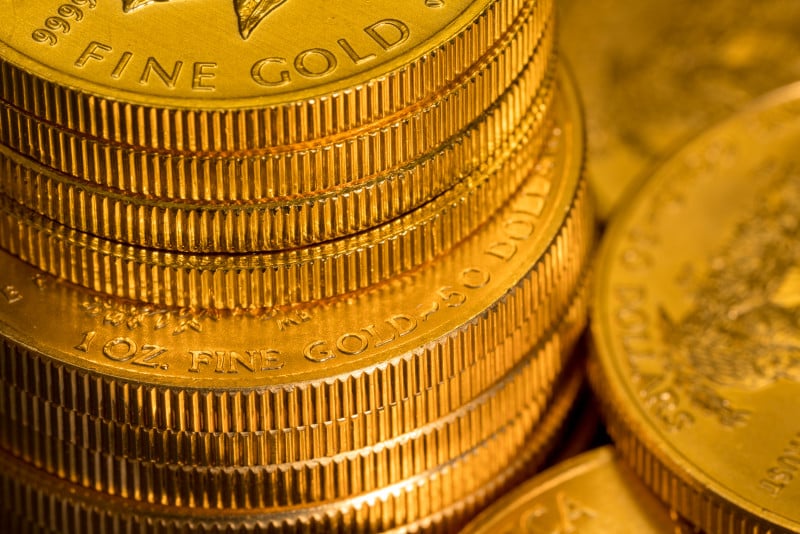
What Is a Gold IRA?
If you’ve never heard of a gold IRA before, a gold IRA is just an IRA account that holds physical gold coins or bars. Most people tend to hold financial assets such as stocks, bonds, and shares in funds in their IRA.
They may not even know that it’s possible to hold gold in an IRA account. That’s because most IRA custodians don’t offer precious metals options through their IRAs.
Goldco, however, works with precious metals IRA custodians who have significant experience managing precious metals assets and making sure that your gold IRA assets remain safe and secure.
Benefits of a Gold IRA
A gold IRA can offer numerous benefits. Here are four to keep in mind.
1. Safe Haven Asset
One of the key roles gold plays is that of being a safe haven asset. Through wars, stock market crashes, and failing economies, gold has been trusted for centuries as a safe haven, enabling gold owners to help safeguard themselves and their financial well-being through tough times.
2. Inflation Hedge
Gold also has a reputation for acting as a hedge against inflation. During the stagflation of the 1970s, when inflation peaked at over 13%, gold grew at an annualized rate of over 30% per year.
3. Diversification
Another key role gold can play is that of diversifying your portfolio. When systemic crises occur, both bonds and stocks can lose value.
Even outside times of crisis, both bonds and stocks can lose value, as many people found out the hard way in 2022. Because gold is often considered a countercyclical asset, gold is often held in an attempt to mitigate risk or loss in the event of a financial downturn.
4. Liquidity
Because gold markets operate around the clock and around the world, gold is one of the most liquid assets there is. People who need quick cash sometimes hold gold knowing that it can provide them quick liquidity when needed.
IRA Rules and Regulations
A gold IRA is subject to all the same rules and regulations as any other IRA account. Here are some of the most important ones you need to know.
Distributions
Distributions from IRA accounts are the same for a gold IRA as they are for other IRA accounts. If you take a distribution before you turn age 59½ from a Traditional gold IRA, you could be subject to an additional 10% penalty in addition to income taxes.
Once you turn 73 you’ll be required to make required minimum distributions (RMDs) from your gold IRA. Distributions from Roth gold IRAs follow the same rules as any other Roth IRA. And whenever you take a distribution from a gold IRA you can choose to take it either in physical metal or in cash.
Ban on Collectibles
A gold IRA is forbidden from buying collectibles, just like any other IRA account. Using IRA funds to purchase collectibles is considered a distribution and will trigger potential taxes and penalties.
While the tax code considers most coins and metals to be collectibles for IRA purposes, there are some notable exceptions. Among these are certain types of coins produced by the US Mint, such as the Gold American Eagle and Silver American Eagle coins, as well as any coin or bar minted to 99.5% purity (.995 fineness).
Most mints and refineries around the world are aware of these requirements, so they produce coins and bars with the requisite fineness so that they are IRA-eligible. Goldco works directly with mints around the world to bring IRA-eligible gold coins to you, ensuring that your coins are authentic gold and eligible to be purchased for your gold IRA.
Custodian and Depository
All IRA assets must be administered by a custodian. But most custodians don’t offer precious metals services.
Goldco works with precious metals custodians who have experience managing precious metals assets so that your gold IRA assets will be expertly and properly administered.
Gold IRA assets also must be stored in a bullion depository. Goldco works with reputable and established bullion depositories to ensure that your gold IRA assets remain safe and secure.
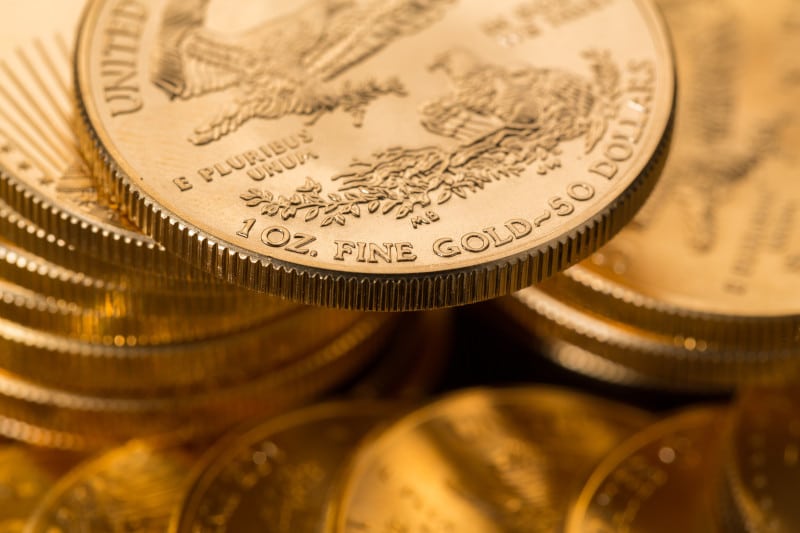
Starting a Gold IRA
Starting a gold IRA doesn’t have to be difficult. In fact, the process can be as simple as starting any other IRA.
Perhaps the most time-consuming part of starting a gold IRA is the funding process, as many gold IRAs are funded through rollovers or transfers from existing retirement accounts such as a 401(k), 403(b), TSP, IRA, or similar account.
But before you start a gold IRA, and especially before you fund a gold IRA, many people want to know what the fees and costs are for starting a gold IRA. Here’s what you need to know.
Gold IRA Fees
Gold IRA fees aren’t really burdensome, but you will have to pay some annual fees to your gold IRA custodian and your depository. At first, this may seem strange since many online brokerages offer “free” IRA accounts to their customers.
But those brokerages often make their money by charging money for certain trades, charging for broker-assisted transactions, or they may even sell trading data to other firms.
By contrast, a gold IRA’s fees are up front and normally charged in a flat manner. This means that whether you’re starting a $30,000 gold IRA or a $300,000 gold IRA, your fees remain the same.
Gold IRA Taxes
Before we get into gold IRA costs, let’s talk about one thing that shouldn’t cost you. The transfer or rollover of assets from an existing retirement account to your gold IRA won’t normally cost you a thing.
Some people seem to think that moving funds from one retirement account to another will require them to pay taxes. But if you do things right and make the transfer from custodian to custodian, the transfer or rollover of assets can be done tax-free.
Account Setup Fee
The first fee you’ll pay is an account setup fee. This is a fee that covers the work done to start up your account, generate paperwork, etc. This is a one-time fee of $50.
Annual Account Fees
You’ll also pay an annual account administration fee of $125 per year. This helps cover ongoing expenses related to account maintenance.
Gold IRA Storage Fees
Because your gold IRA assets are stored at a bullion depository, you’ll have to pay for storage. Once again, storage fees are a flat fee.
If you choose non-segregated storage, meaning that your coins or bars are pooled together with other like coins and bars, the storage fee is $100 per year. If you choose segregated storage, which means that your specific coins or bars are held separately from other people’s coins and bars, the storage fee is $150 a year.
Gold IRA Minimum Purchase
Fees can take a bite out of your gains, which is why we take care to try to minimize the fees our customers pay. In general, you can expect to pay about $225 total per year in fees for a gold IRA, once you’ve established your account. Expect to pay about $275-325 in the first year, taking into account setup fees.
Because we don’t want our customers to have to pay high fee percentages, we generally require a minimum of $25,000 to start a gold IRA. If you start your gold IRA with $25,000, the $225 in fees works out to an 0.90% annual fee.
Compare that to the expense ratios on the funds in your current 401(k) or IRA account and you’ll find that that’s competitive with some of your potential choices. Many funds in 401(k) plans will charge 0.5% to 0.8% or even over 1% in expenses per year.
If you fund your gold IRA with $100,000, the expense ratio for your gold IRA drops to 0.23%. This starts to be competitive with low-expense ratio funds such as those from Vanguard, many of which are under 0.20%.
And the more you put into your gold IRA, the lower your expense ratio gets. That’s one of the benefits of flat fees.
If you don’t have $25,000 to put into a gold IRA, that doesn’t mean that you’re out of options, however. Goldco offers direct cash sales of gold coins that can be delivered right to your doorstep, allowing you to benefit from owning gold and silver no matter how much money you want to allocate to precious metals.
Explore Your Gold IRA Options
If you’ve spent years building up your assets and are worried about keeping them safe, maybe now is the time to start thinking about how gold could help you.
Goldco’s experts have helped thousands of people just like you benefit from owning gold. Our numerous 5-star reviews and over $3 billion in precious metals placements speak to our ability to serve our customers through quality precious metals products and outstanding customer service.
Give Goldco a call today to learn more about how you can help safeguard your financial future with a gold IRA.
This article was originally published in March 2023 and was updated in February 2025.



